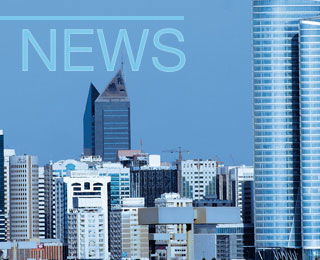Cherat Cement Co Ltd (CHCC) submitted its financial results for 1QFY24-25 to the Pakistan Stock Exchange (PSX) on 28 October. The company reported a profit after tax of PKR2.9bn (US$10.44m), representing an 88 per cent YoY increase. Company Secretary, Asim H Akhund, highlighted that domestic demand for cement decreased by 19.7 per cent YoY during the review period. However, when compared with the year-ago period exports continued to grow by 22.3 per cent, primarily driven by a 23.3 per cent rise in sea exports. Exports to Afghanistan also saw an 18.4 per cent YoY increase. Consequently, overall industry demand declined by 13.5 per cent during this quarter.
In quantitative terms, the company’s total sales volume fell by 16 per cent, with domestic sales declining by 23 per cent, while exports rose by 15 per cent compared to last year. Regarding operating performance, CHCC noted that sales revenue decreased by four per cent YoY due to reduced cement dispatches despite increased sales prices as a response to higher input costs.
Additionally, the cost of sales fell by 17 per cent due to a 10 per cent decrease in cement production and a six per cent drop in clinker production compared to last year. Production costs also increased due to higher power costs and other fixed overheads.
The company has optimised the coal and power mix to enhance operational efficiency and mitigate rising production costs. Finance costs significantly decreased, primarily due to scheduled and early repayments of long-term loans made in the previous financial year.
Outlook
In the FY24-25 Pakistan may face various socio-economic challenges, such as rising prices, stagnant income levels, and increasing taxes and utility costs. Recent hikes in taxes and federal excise duties (FED) are expected to suppress domestic demand, presenting short-term growth challenges for the cement sector and the broader business community. Despite these immediate issues, the long-term outlook remains optimistic, as the government has secured a new IMF programme, which is anticipated to stabilise the country’s economic conditions.
Early indicators suggest that inflation may further ease and interest rates could decline, creating a more favourable economic environment. Furthermore, the government’s increased allocation to the Public Sector Development Program (PSDP) may provide a positive outlook for growth in the cement industry, benefitting from enhanced infrastructure spending.
Domestic sales are expected to remain relatively subdued for the cement sector. However, significant growth opportunities are anticipated from exports. Demand for cement in Afghanistan, a key export market, is expected to remain strong, although political issues may lead to potential disruptions.
The company is focussed on responding to the rising costs of coal and energy tariffs by optimising its fuel mix, including alternative energy sources, to mitigate the impact of escalating expenses. Work is ongoing to install an additional 9MW solar power plant, which will be operational by the third quarter of this financial year.
Meanwhile, IMS Research reported that CHCC achieved strong results with robust operating profitability and reduced finance costs from early debt repayment. However, the company’s heavy reliance on gas poses risks, as further gas price hikes or curtailments could necessitate additional capital expenditure to maintain cost competitiveness.
by Abdul Rab Siddiqi, Pakistan
